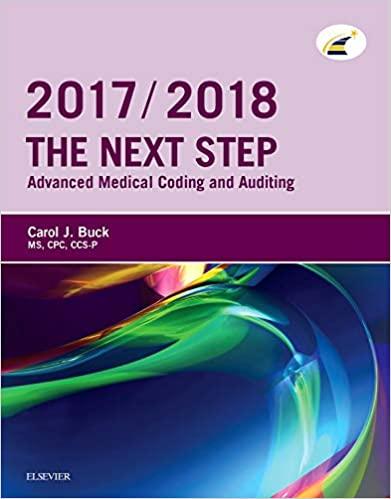Suppose B\&E Press paid dividends at the end of each year acoording to the schedule shown here, 4.8 million shares at the end of each yoar at the ex-dividend stock prices shown. (Assume perfect capital markets.) a. What is total market value of BBE's equity. and what is the total amount paid out to shareholders, at the end of each year? b. If B\&E had made the same total payouts using dividends only (and so kept is share count constant), what dividend would it have paid and what would its ex-dividend share price have been each yoar? c. If BsE had made the same total payouts using tepurchases only (and so paid no dividends), what share count would it have had and what would its share price have been each year? (Hint. Use the ending equity lor the current year from part (a) above.) d. Consider a shareholder who owns 10 shares of BSE initially, does not sel any shares, and reinvests all dividends at the ex-dividend share price. Would this thareholdor have preferred the payout policy in (b), (c), or the original policy? a. What is total market value of BsE's equity, and what is the total amound paid out to thareholders, at the end of each year? (Roumd to two docimal places.) Data table (Click on the following icon in order to copy its contents into a spreadsheet.) Suppose BaE Press paid dividends at the end of each year according to the schedule shown here, , If also reduced its share count ty repurchasing 4. B milion shares at the erve of each year at the ex-oividend stock prices shown. (Assume perfect capital markets ) a. What is total market value of 88E Es equity, and what is the total ansunt paid out to shareholdors, at the end of each year? b. If BsE had made the same total payouts using dividends only (and so kept its share count constant), what dividend would it have paid and what would ts ax-dividend share price have been each year? c. If BSE had made the same total payouts using repurchases only (and so paid no dnvidends). what share count would it have had and what would its share price have been each year? (Hint. Use the ending equity for the current year from part (a) above.) d. Consider a shareholder who ownt 10 shares of BsE initially, does not sell any shares, and reinwosts all dividends at the ex-devidend share price: Would this shareholder have preferred the payout policy in (b). (c), or the original policy? a. What is 1otal market value of B8E's equity, and what is the total amount paid out to shareholders, at the end of each year? (Round to two decimal places.) (Click on the following icon in order to copy its contents into a spreadsheet.) Suppose BBE Press paid dividends at the end of each year according to the schedule shown hore. It also reduced its share count by repurchasing 4.8 im llion shares at the end of each year at the ex-dividend stock prices shown. (Assume perfect capital markets.) a. What is total market value of Bstes equity, and what is the total amount paid out to shareholders, at the end of each year? b. It BSE had made the same totai payouts using dividends only (and so kept its share count constant) what dividend would it have paid and what would its ex-dividend share price have been each yoar? c. If BEEE had made the same total payouts using fepurchases only (and so paid no dcvidends). wtat share count woild it have had and what would its share price have been each year? (Hint. Use the ending equity for the current yoar from part (a) above.) d. Consider a shateholder who owns 10 shares of BEE initially, does not sell any shares, and reirvests all dividends at the ex-dividend share pnce. Would this shareholder have preferred the payout policy in (b), (c), or the original policy? a. What is total marked vaice of B\&E's equaty, and what is the total amount paid out to shareholders, at the end of each year? (Round to two decimal places.)













